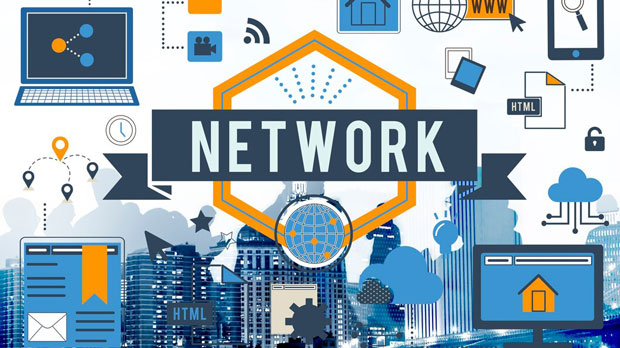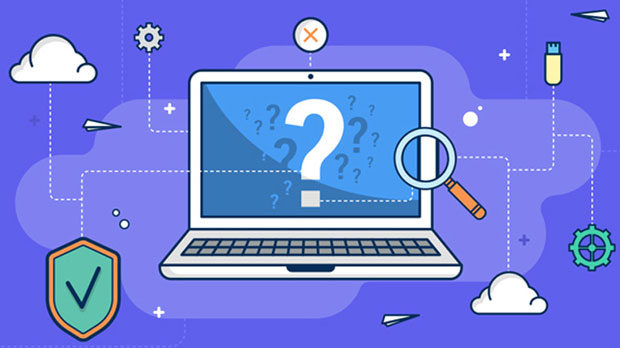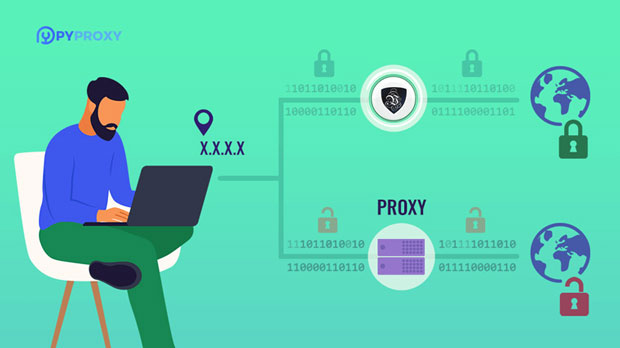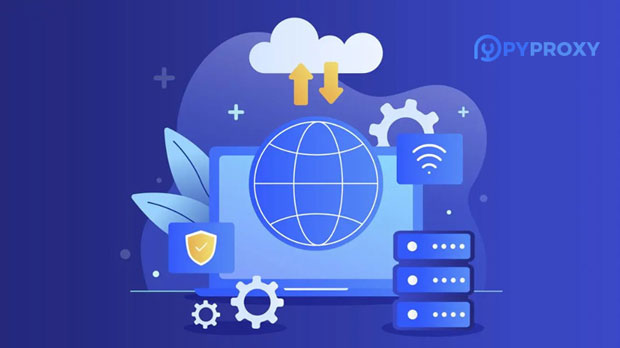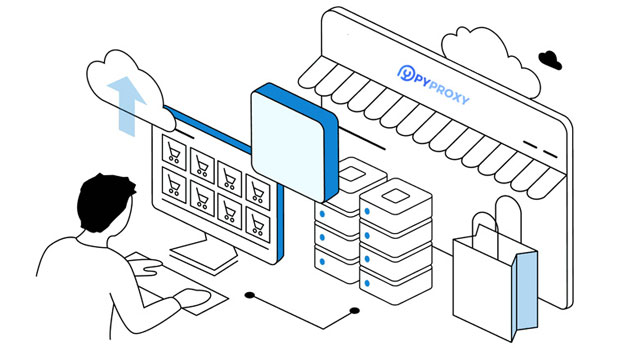PYPROXY provides the highest quality service for proxy IP addresses
proxy ip services play a pivotal role in the online world, especially in areas where privacy, security, and data accessibility are crucial. A high-quality proxy IP service can empower users with seamless internet access, providing not only anonymity but also enhanced speed and security. This article explores the significance of selecting the best proxy IP services, examining the key features that define a top-tier service, and offering insight into how businesses and individuals can benefit from these services to optimize their online activities. The Role of Proxy IP Services in Modern Internet UseProxy IP services are intermediaries that allow users to connect to the internet indirectly. When a user requests a website or an online service, the request is routed through the proxy server, which then forwards the request to the target server. This ensures that the user’s actual IP address remains hidden, replaced by the proxy server’s IP address.One of the primary advantages of using proxy IP services is privacy. By masking a user's real IP address, proxies help protect identity and personal data from cyber threats. This is especially crucial in an era where online tracking, data breaches, and identity theft are prevalent. Furthermore, proxies help in overcoming geographical restrictions, enabling users to access content or services unavailable in their region.Key Features of a High-Quality Proxy IP ServiceThe effectiveness of a proxy service depends on several factors that enhance its overall performance. Below are the core features that define a high-quality proxy IP service:1. Speed and ReliabilityThe speed of a proxy server is one of the most critical aspects of its performance. A high-quality proxy service ensures fast and reliable internet connections, minimizing latency and maximizing browsing speed. Proxies with poor speed can create delays in website loading, slow down transactions, and hinder overall user experience. Reliability also includes minimal downtime, meaning the service should be consistently accessible without interruptions.2. Security FeaturesHigh-quality proxy IP services come with robust security features, including data encryption and secure tunneling protocols. These features ensure that sensitive information remains safe from hackers and other malicious actors. Additionally, many top-tier proxies offer features such as IP rotation, where different IP addresses are used for each request, preventing the tracking of online activities and providing extra layers of protection against cyber threats.3. Anonymity and PrivacyMaintaining anonymity is a major reason why users rely on proxy services. The best proxy services offer high levels of privacy by ensuring that user data is not logged or exposed. They employ techniques such as IP address masking and hiding real-time activities, which protect personal information from being tracked. This is particularly important for users engaging in sensitive tasks such as online research, data scraping, or business intelligence gathering.4. Access to Geo-Restricted ContentMany internet services, such as streaming platforms or news websites, restrict access based on the user's geographical location. Proxy IP services allow users to bypass these restrictions by routing internet traffic through different locations. By selecting proxies from specific countries, users can access content that would otherwise be blocked or unavailable in their region. This is an essential tool for businesses and individuals who need global access to information.5. Scalability and CustomizationScalability refers to the ability of a proxy service to accommodate increased usage. For businesses that rely on large-scale data scraping, multiple IPs are often needed to avoid getting blocked by target websites. Top-tier proxy services offer scalability, providing users with the ability to adjust their service according to demand. Customization options, such as dedicated or residential proxies, allow users to tailor their proxies to their specific needs.Benefits of High-Quality Proxy IP ServicesThe advantages of using high-quality proxy IP services go beyond privacy and security. Here are some key benefits businesses and individuals can experience:1. Enhanced Data Scraping CapabilitiesData scraping is a process used by businesses to gather valuable data from the web for market research, lead generation, or competitive analysis. However, websites often restrict scraping activities by blocking IP addresses. With reliable proxy services, users can rotate IP addresses frequently, making it difficult for target websites to detect and block scraping attempts. This enables businesses to gather large volumes of data without interruptions.2. Improved Online MarketingFor businesses involved in digital marketing, using proxy services helps improve online ad targeting and manage multiple social media accounts without risk of account bans. By using proxies, businesses can manage ad campaigns in different regions, simulate traffic from various locations, and analyze competitor strategies without being detected or blocked.3. Protection Against DDoS AttacksDistributed Denial-of-Service (DDoS) attacks are a common threat that can bring down websites and online services. Proxy services can protect against such attacks by distributing the traffic load across multiple servers. By using proxy servers, businesses can absorb malicious traffic and ensure their websites remain operational during an attack.4. Improved Internet Experience for IndividualsFor individual users, high-quality proxies provide access to geo-restricted content such as international streaming services, online shopping, and news websites. Users can also ensure their privacy while browsing the internet and avoid personalized tracking, enhancing their overall online experience. Moreover, proxies help in bypassing government censorship in countries with internet restrictions, allowing individuals to enjoy uncensored access to information.How to Choose the Best Proxy IP ServiceChoosing the best proxy IP service depends on individual needs and preferences. The following factors should be considered when selecting a provider:1. Type of ProxyDifferent types of proxies, such as residential proxies, data center proxies, and mobile proxies, serve distinct purposes. Residential proxies are more reliable and difficult to detect, making them ideal for tasks requiring anonymity. Data center proxies are faster and more cost-effective but may be easier to identify. It’s essential to choose the type of proxy that aligns with your requirements.2. Customer SupportReliable customer support is an important factor when selecting a proxy provider. Issues with proxies, such as slow speed or connection problems, should be addressed promptly. Ensure that the service offers comprehensive support through various channels, including live chat, email, and phone.3. PricingThe pricing of proxy services varies depending on the features offered. While it’s tempting to opt for cheaper options, the quality of the service should not be compromised. Make sure the price aligns with the level of service you expect, especially if you require high performance or specialized features.ConclusionProxy IP services offer immense value to users and businesses, providing the means to protect privacy, enhance security, and improve access to online content. By selecting a high-quality proxy provider, users can optimize their internet activities, whether it’s for data scraping, online marketing, or simply maintaining privacy while browsing. With the right tools, proxies can elevate the online experience, making the internet more accessible, secure, and efficient.
2025-01-31
















































